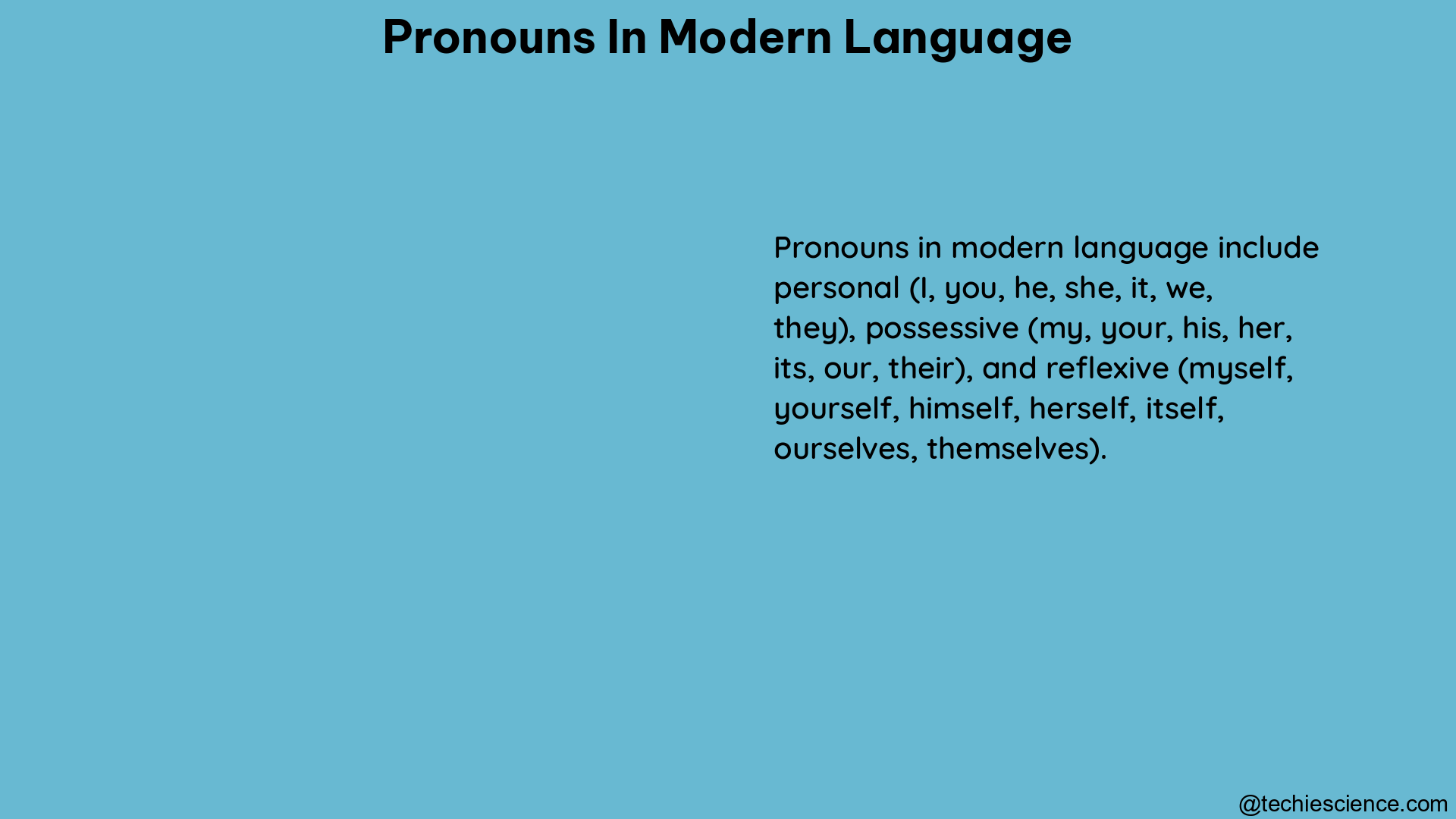Pronouns in modern language have evolved significantly to include a broader range of gender identities and expressions. This comprehensive guide delves into the intricacies of common pronouns, nonbinary pronouns, the importance of using correct pronouns, and the ongoing language evolution surrounding gender-inclusive language.
Common Pronouns
She/Her/Hers
The traditional pronouns used to refer to individuals who identify as female. These pronouns have been the standard for centuries, but their usage has expanded to include transgender women and other individuals who align with a feminine gender identity.
He/Him/His
The traditional pronouns used to refer to individuals who identify as male. Like the feminine pronouns, these have been the standard for centuries and now encompass transgender men and other individuals who align with a masculine gender identity.
They/Them/Theirs
These gender-neutral pronouns have gained widespread acceptance in modern language. They are used to refer to individuals who identify as nonbinary or gender-neutral, and can also be used as a singular pronoun to avoid making gender assumptions about a person.
Nonbinary Pronouns

Ze/Hir/Hirs
This set of pronouns is used by some individuals who identify as nonbinary. The pronoun “ze” is used in place of “he” or “she,” while “hir” and “hirs” are used in place of “him/her” and “his/hers,” respectively.
Xie/Xem/Xyrs
Another nonbinary pronoun set, with “xie” used in place of “he” or “she,” “xem” in place of “him” or “her,” and “xyrs” in place of “his” or “hers.”
Ey/Em/Eir/Eirs
This nonbinary pronoun set uses “ey” in place of “he” or “she,” “em” in place of “him” or “her,” and “eir” and “eirs” in place of “his” or “hers.”
Yo/Yo/Yos
Some individuals use the pronoun “yo” in place of “he” or “she,” with “yo” and “yos” used for the objective and possessive cases, respectively.
Co/Co/Cos
Another nonbinary pronoun set, with “co” used in place of “he” or “she,” and “co” and “cos” used for the objective and possessive cases.
Asking for Pronouns
Directly
The most straightforward way to determine someone’s pronouns is to ask them directly, such as “What pronouns do you use?” or “What pronouns would you like me to use?”
Indirectly
Another approach is to introduce yourself with your own pronouns and invite others to do the same, for example, “Hi, I’m Jade and my pronouns are ze and hir. What about you?”
Importance of Using Correct Pronouns
Respect
Using someone’s correct pronouns is essential for respecting their gender identity and expression. Misgendering, or using the wrong pronouns, can be deeply hurtful and disrespectful.
Avoiding Misgendering
Misgendering can be particularly offensive and disrespectful to transgender and gender non-conforming individuals, who may have faced a lifetime of being misgendered and having their identity invalidated.
Language Evolution
Neopronouns
As gender identities continue to diversify, new pronouns, known as “neopronouns,” have been created to accommodate these diverse identities. Examples include “zie” and “xie.”
Gender-Neutral Pronouns
Pronouns that do not associate a gender with the individual, such as “they” and “ze,” have become increasingly common in modern language as a way to be inclusive of nonbinary and gender-fluid individuals.
Examples and Practice
Pronouns Practice App
Tools like the Pronouns Practice App (Minus18) can be a helpful resource for individuals to practice using different pronouns and become more comfortable with gender-inclusive language.
Introductions
When introducing yourself, including your own pronouns can encourage others to do the same, fostering a more inclusive and respectful environment.
References
- LGBTQIA Resource Center – “Pronouns & Inclusive Language” (2024)
- Duolingo Blog – “Gender Neutral Pronouns In Other Languages” (2022)
- UWM LGBTQ+ Resource Center – “Gender Pronouns” (n.d.)

The lambdageeks.com Core SME Team is a group of experienced subject matter experts from diverse scientific and technical fields including Physics, Chemistry, Technology,Electronics & Electrical Engineering, Automotive, Mechanical Engineering. Our team collaborates to create high-quality, well-researched articles on a wide range of science and technology topics for the lambdageeks.com website.
All Our Senior SME are having more than 7 Years of experience in the respective fields . They are either Working Industry Professionals or assocaited With different Universities. Refer Our Authors Page to get to know About our Core SMEs.